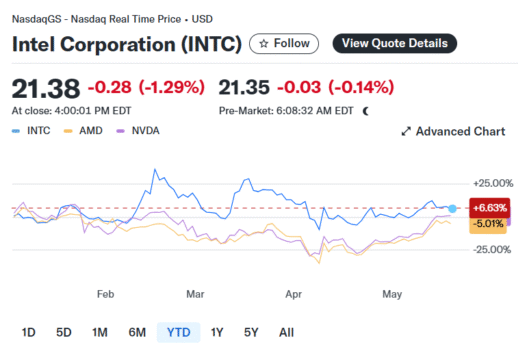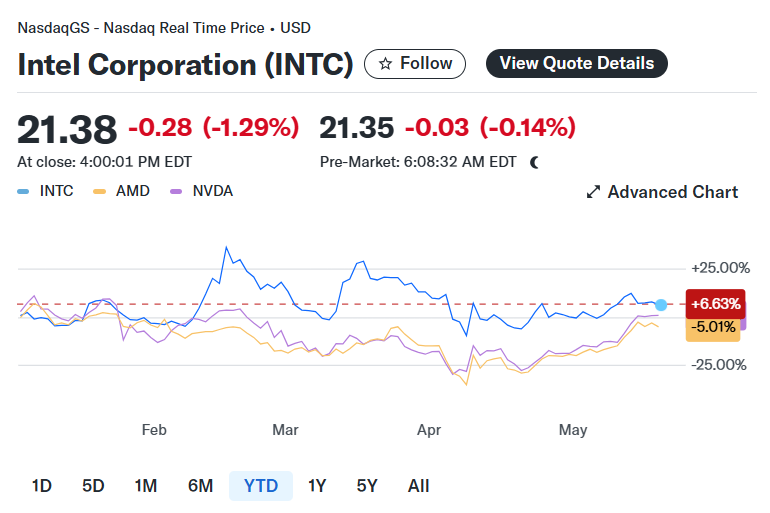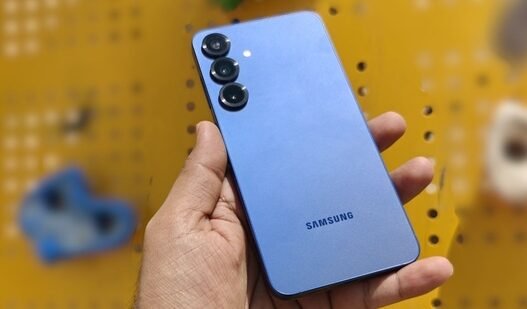Intel has significantly expanded its graphics processing capabilities with the introduction of two new AI-focused workstation GPUs. The Arc Pro B50 and B60 series represent Intel’s strategic push into the growing market for on-premises artificial intelligence processing, directly challenging established players in the space.
Intel’s New AI Processing Contenders
The newly announced Arc Pro B50 and B60 series workstation cards start at $299 and $500 respectively, positioning them as accessible alternatives for businesses seeking to run AI applications locally rather than relying on cloud-based services from tech giants like Amazon, Google, or Microsoft.
This move reflects Intel’s recognition of growing demand for on-premises AI processing solutions that provide enhanced security, lower latency, and independence from cloud service availability issues. With workstation systems, sensitive data remains on-site rather than being transmitted to external servers, addressing a key concern for many organizations implementing AI technologies.
Technical Specifications and Target Markets
Intel has equipped the Arc Pro B50 with 16GB of memory and support for up to 170 TOPS (trillions of operations per second), a standard industry measurement for AI chip performance capability. According to Intel, this mainstream chip is specifically designed for AI-assisted software engineering applications.
For more demanding applications, the Arc Pro B60 offers 24GB of memory and achieves up to 197 TOPS, targeting workstation customers who need to run resource-intensive AI models and applications. Intel vice president and general manager of client graphics Vivian Lien indicated that these products would be “very competitive and attractive solutions, particularly for design and engineering” use cases.
Intel’s strategy appears well-timed, as recent industry reports from Gartner suggest that entry-level workstation GPUs constitute approximately 30% of the overall workstation market, presenting a significant opportunity for the company to increase its market share.
Project Battlematrix: Intel’s Comprehensive AI Workstation
Beyond individual GPUs, Intel has also introduced Project Battlematrix, a complete workstation system that combines two to eight Arc Pro B60 GPUs (supporting up to 192GB of memory) with an Intel Xeon processor. This integrated solution enables businesses to deploy comprehensive AI capabilities across their organizations without relying on third-party cloud infrastructure.
The emphasis on complete AI workstations reflects a broader industry trend toward bundled hardware solutions optimized for artificial intelligence workloads. For comprehensive analysis of how these developments fit into the evolving AI hardware landscape, readers can visit 1st News 24 for our ongoing coverage of technology innovations and market dynamics.
Intensifying Competition in the AI Hardware Space
Intel’s expansion into AI-focused GPUs comes at a time of heightened competition in the sector. According to TechInsights’ market analysis, the market for specialized AI processors is expected to grow at a compound annual rate of over 35% through 2028, attracting significant investment from hardware manufacturers.
Nvidia currently dominates this space with its RTX Pro AI chips and has recently announced its own high-performance AI desktop systems, the DGX Spark and DGX Station. AMD has also been strengthening its position with data center and workstation GPU offerings optimized for AI workloads.
Strategic Importance for Intel
This push into AI-focused GPUs represents a critical strategic initiative for Intel, which has been working to diversify beyond its traditional CPU business. The company has invested heavily in its Arc GPU platform for several years, previously releasing gaming-focused B-series chips (Battlemage) and enterprise graphics-oriented A-series cards.
The Arc Pro B50 and B60 mark Intel’s most determined effort yet to capture share in the rapidly growing market for AI acceleration hardware. Unlike previous offerings that emphasized graphics and visual capabilities, these new products feature memory configurations and architectural elements specifically designed for AI processing.
Market Outlook
As AI implementation continues to accelerate across industries, the demand for specialized processing hardware is expected to grow substantially. Intel’s entry into this segment with competitively priced options could potentially disrupt the current market dynamics dominated by Nvidia and AMD.
For businesses considering on-premises AI deployment, Intel’s new offerings provide additional options in a market that has seen supply constraints and premium pricing. The availability of these new processors beginning next month will likely intensify competition in the workstation GPU space, potentially benefiting end users through improved price-performance ratios.




















